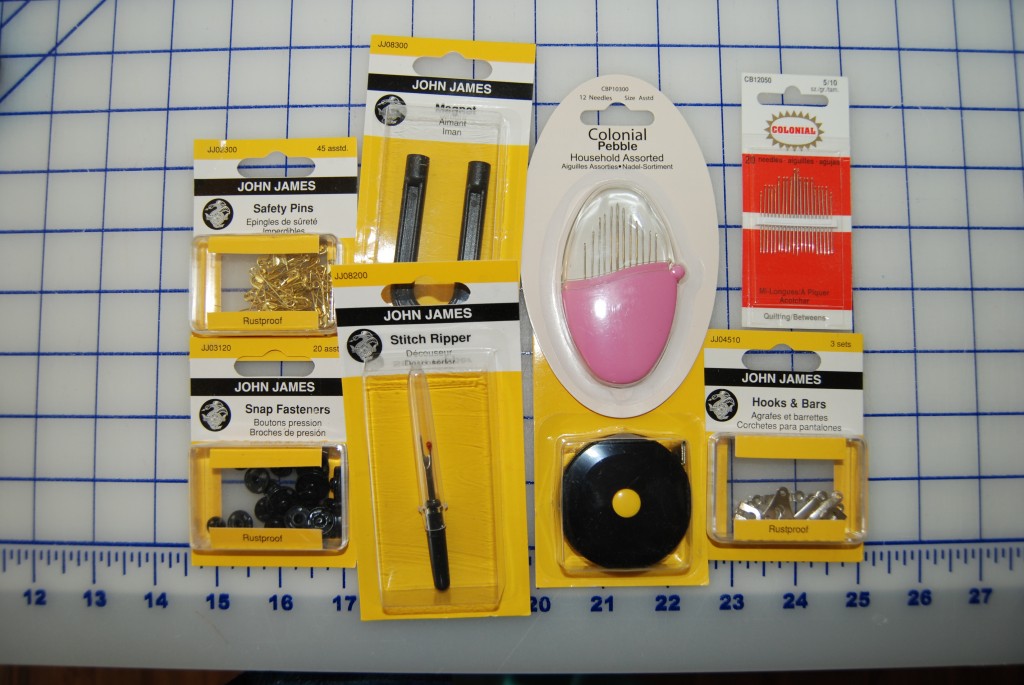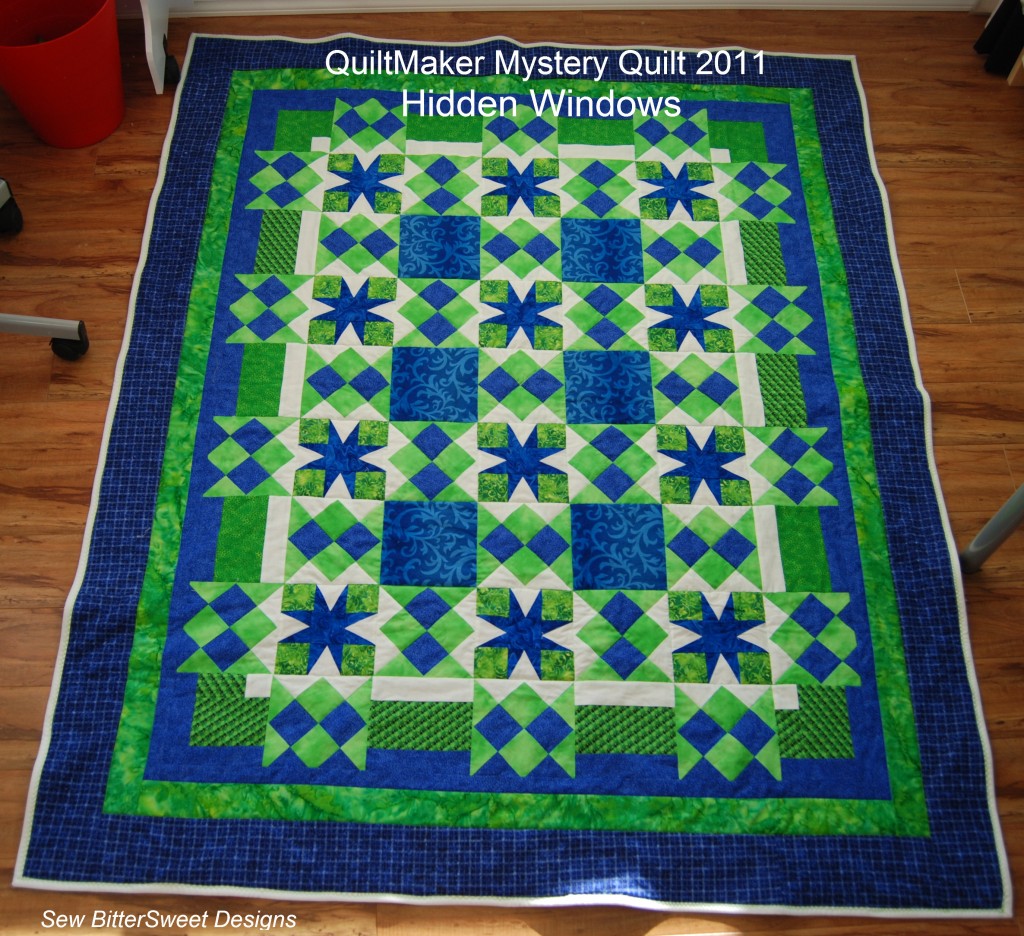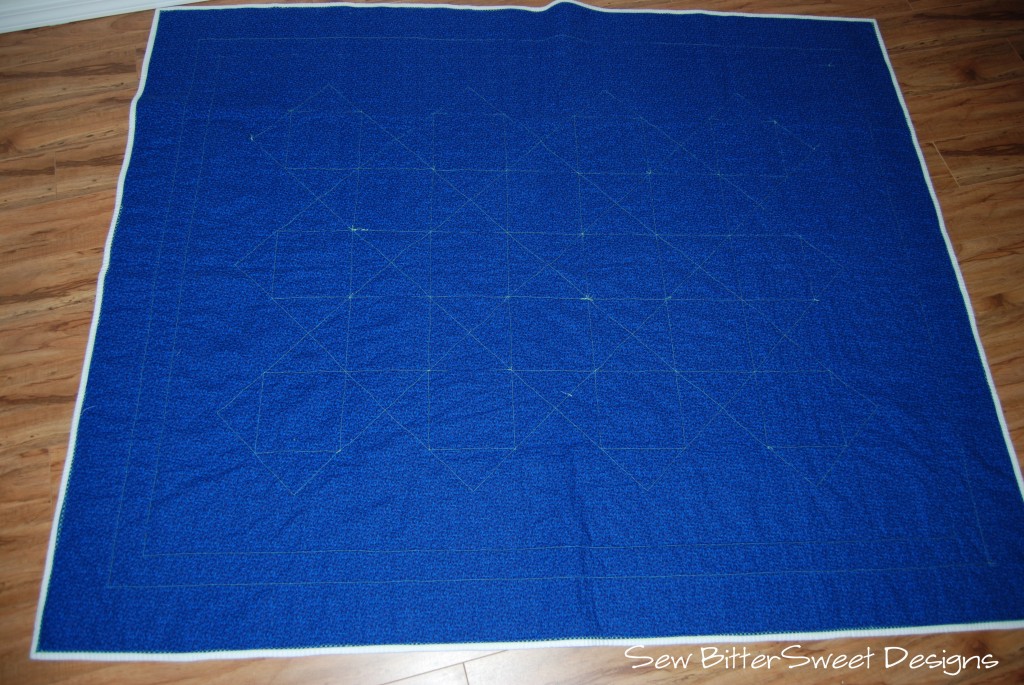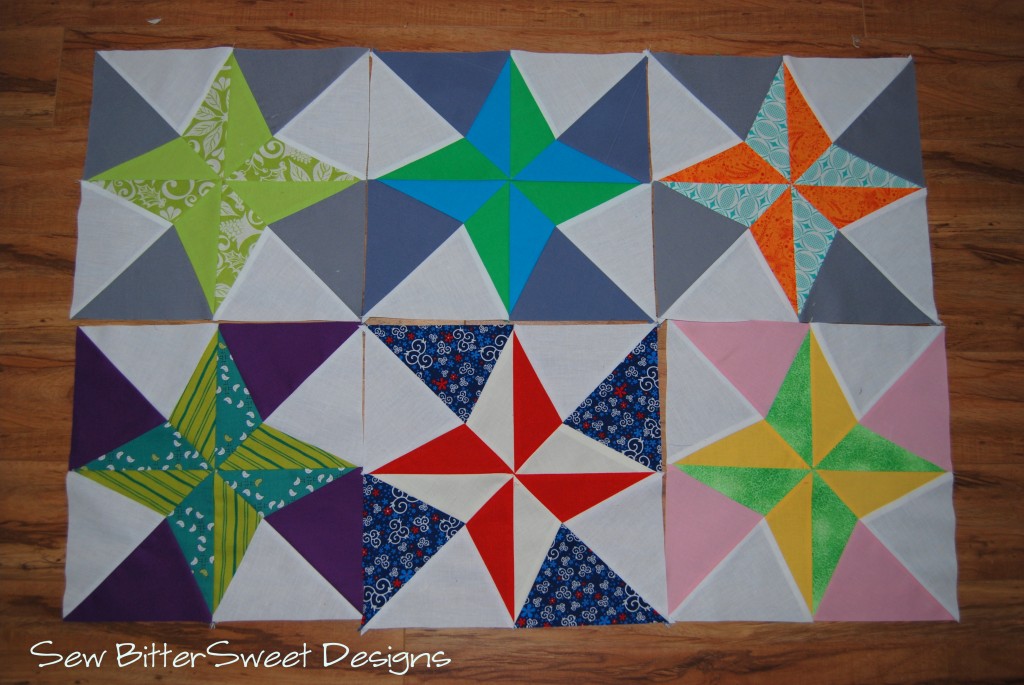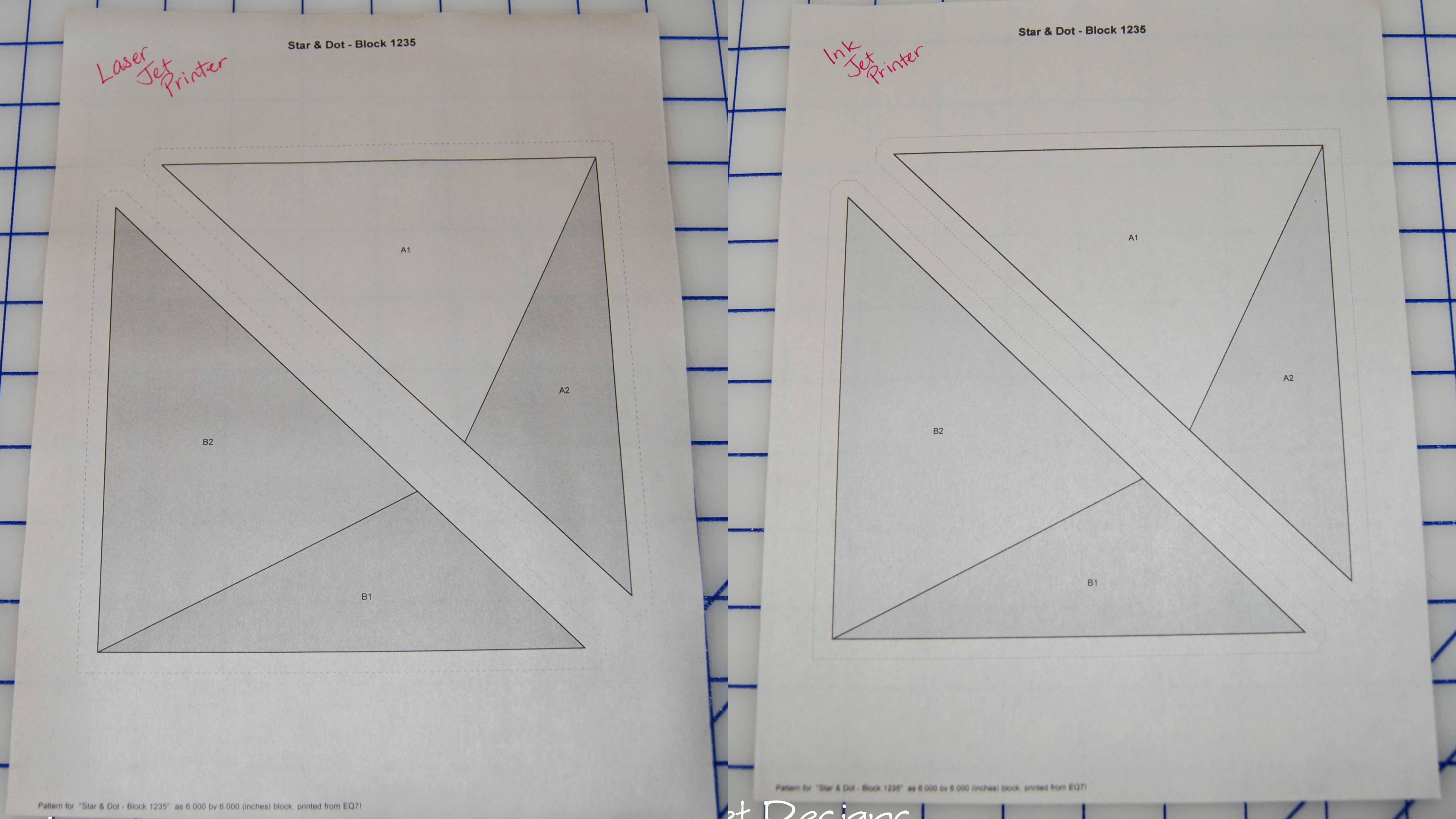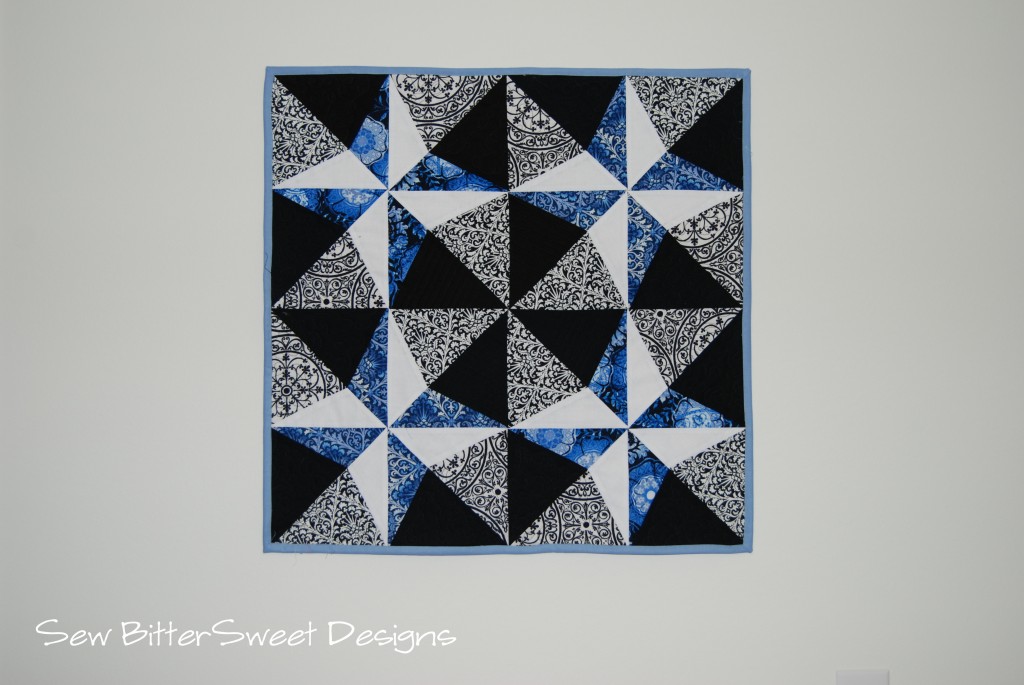Superior Threads – Treasure Hand Quilting Thread Review
Superior Threads – Treasure Hand Quilting Thread
(Full Disclosure: Superior Threads provided me with samples of their threads – the thoughts and opinions presented are my own)In March I attended the Puyallup Sew Expo and I stopped by the Superior Threads booth. I had asked them if I could review their hand quilting thread on the project I was making for Mother’s Day. The nice thing about going to the booth was I got to meet Bob Purcell. If you have never met Bob, I highly suggest taking one of his Threadology Seminars. They are worth every penny of your money and every second of your time! The other reason it was nice to be in the booth was that I got to bring my current project with me to color match Treasure to my quilt. I love doing that! It is perhaps one of my favorite steps in the quilting process.
Here’s my wall hanging before I quilted it.
As you can see, with the exception of the prints, it is a bit Plain Jane and I wanted my quilting to not only brighten it up, but to be the standout feature. I got two different spools of Treasure Thread and started quilting. I used #560 Knick Knacks (tone on tone med. and dark teals) and #568 Legacy (med. and dark purples). Let me pause here to tell you that the pictures you are looking at on the Superior Threads website (GO LOOK!!!) are exactly how the threads look in real life – which is a relief when you cannot see and feel something in person! I did some straight line quilting and then I decided to try my hand at some curves and added four butterflies.
What do you think?
Here’s a close up of the stitching:
This is only my second time hand quilting and I have to tell you, I am hooked! It took me literally two months to finish this project, mostly because life happened and kept getting in the way. My last project was done with Perle Cotton, so all my review will be based on that experience. I should also mention that I used John James Quilting/Betweens – JJEG120 Size 9/10 needles by Colonial Needles.
Things I liked:
- Virtually no kinking or knotting while I quilted. Perle Cotton, I have found, has a tendency to knot up if you are working with a really long length.
- No thread breaks.
- The stitches look like they were sewn by a machine!
- Treasure comes in 300 yard spools and is available in 25 different colors, including VARIEGATED! There are no variegated Perle Cottons (at least not that I have seen)!
- Want to practice your hand quilting, you can buy the Treasure Try Me Special – you will get a spool of thread for only $5.00. You won’t get to pick the color, but you will get to test out the thread at almost 40% off. Believe me, you won’t be sorry!
- There was no shedding or lint with Treasure, I had a lot of lint with Perle Cotton.
- It is 100% machine washable – the colors will not fade or change unless you use bleach.
Recommendations:
- Do your research on needles – some needles bend, some needles snap, and some needles are really great. Superior Threads does not carry hand quilting needles yet, so you will need to research the right needle. My personal recommendation is using a Between size 9 or 10. This size worked great for me.
- Do not be thrown off by the “memory” of the thread – watch this video on Hand Quilting Thread by Bob Purcell – it is a great explanation.
- For hand quilting I recommend getting a good thimble.
I would love to see Superior Threads either carry needles or have a recommended brand or two listed on their site. I would also love to see even more color choices available, although the fact that there are variegated choices already puts them miles ahead other brands!
Have you done any hand quilting? Would you or have you tried Superior Threads Treasure?
Here’s one last picture for Mother’s Day:

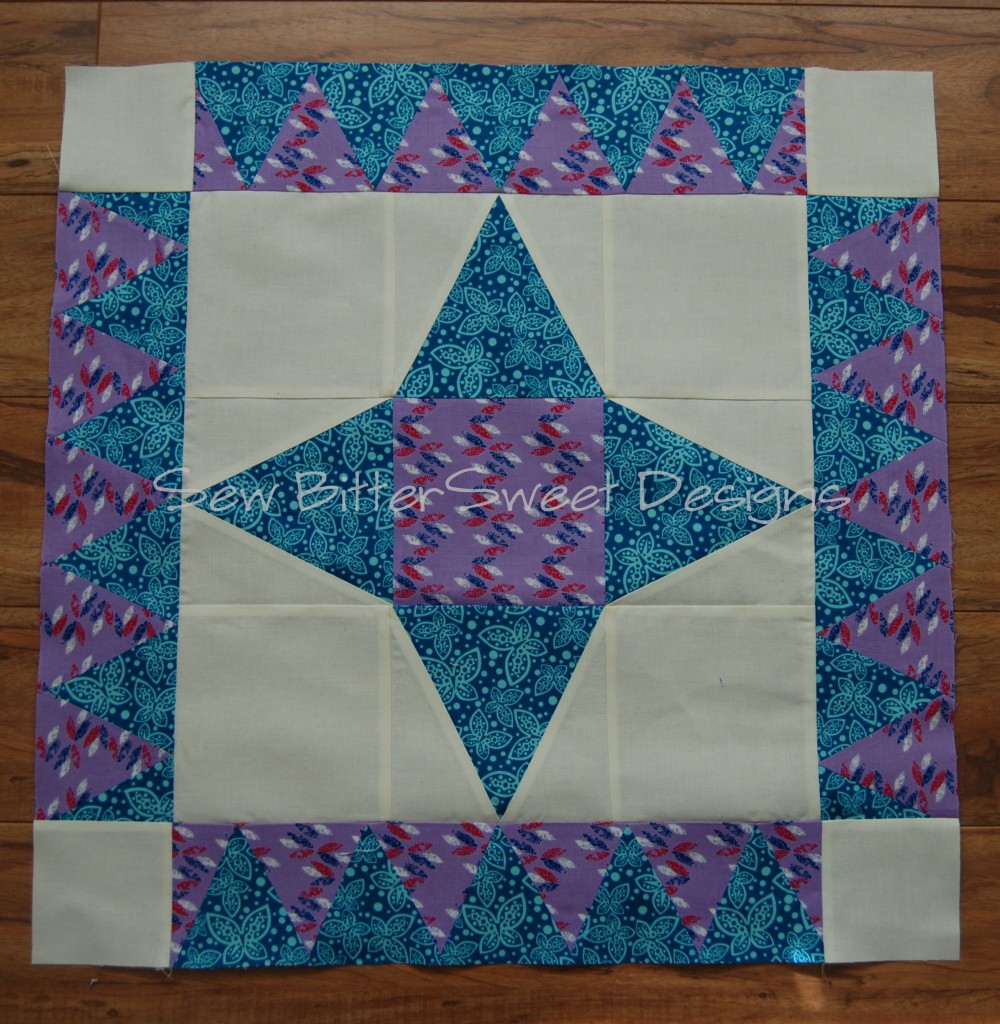
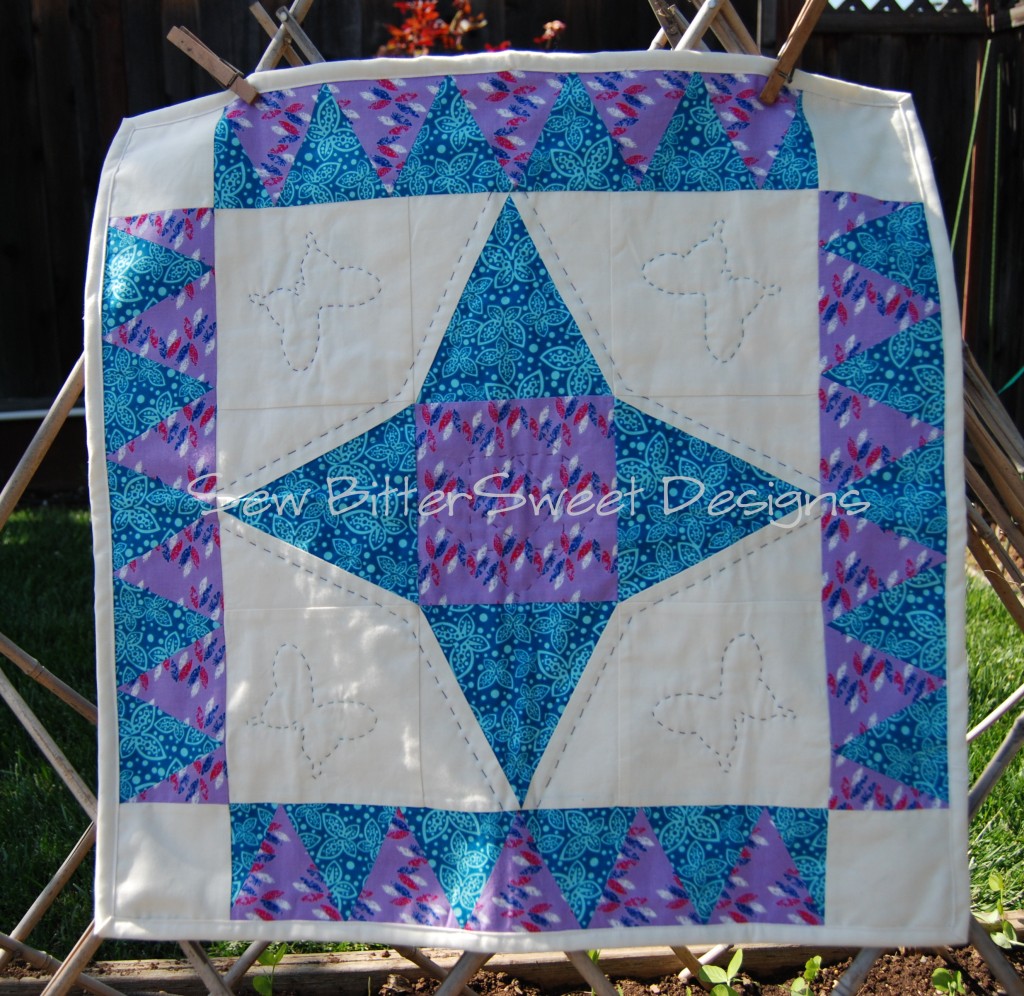
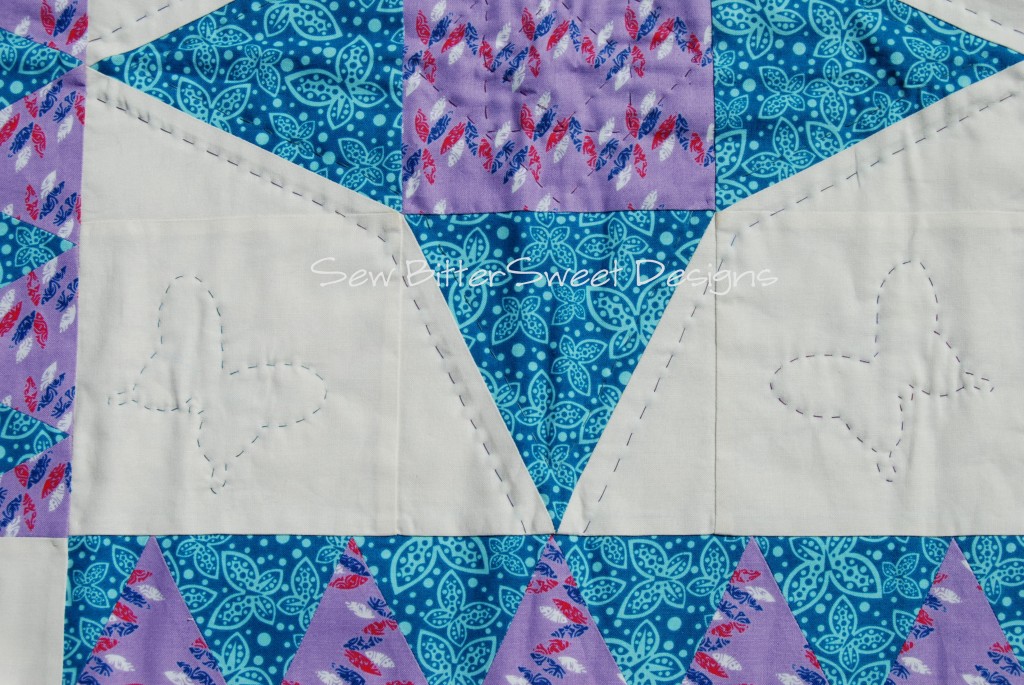
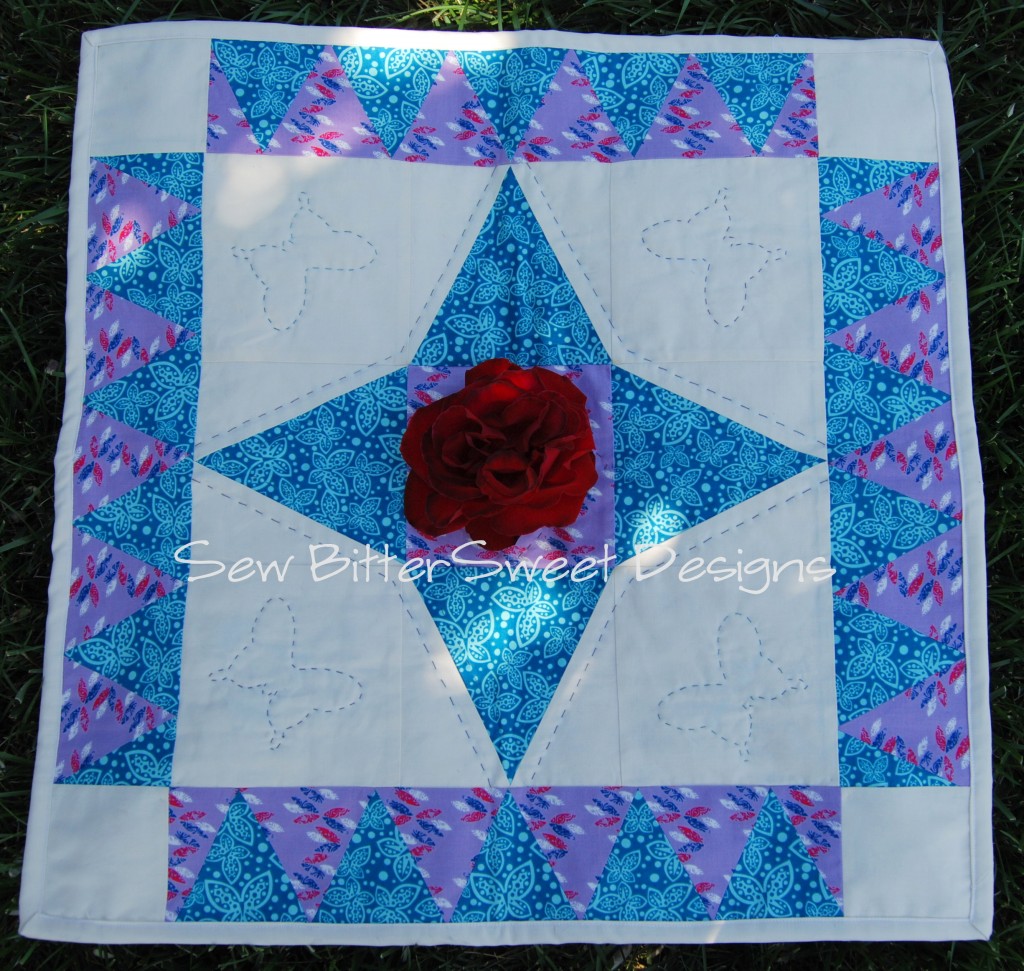


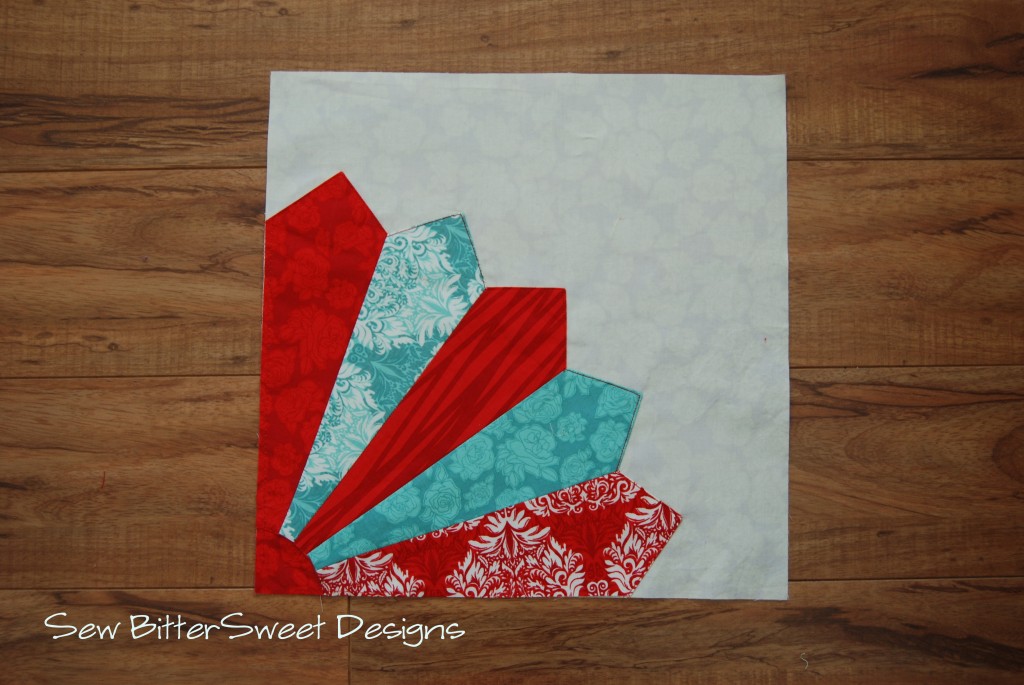
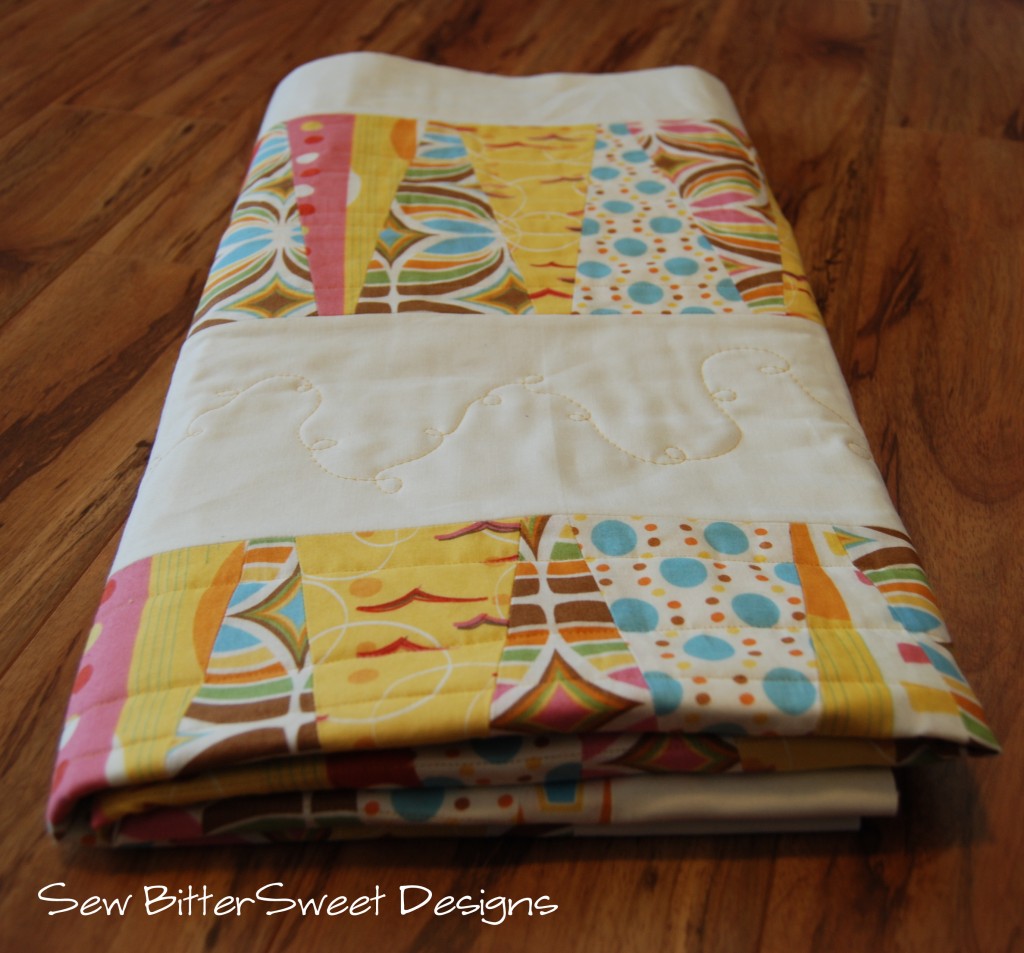
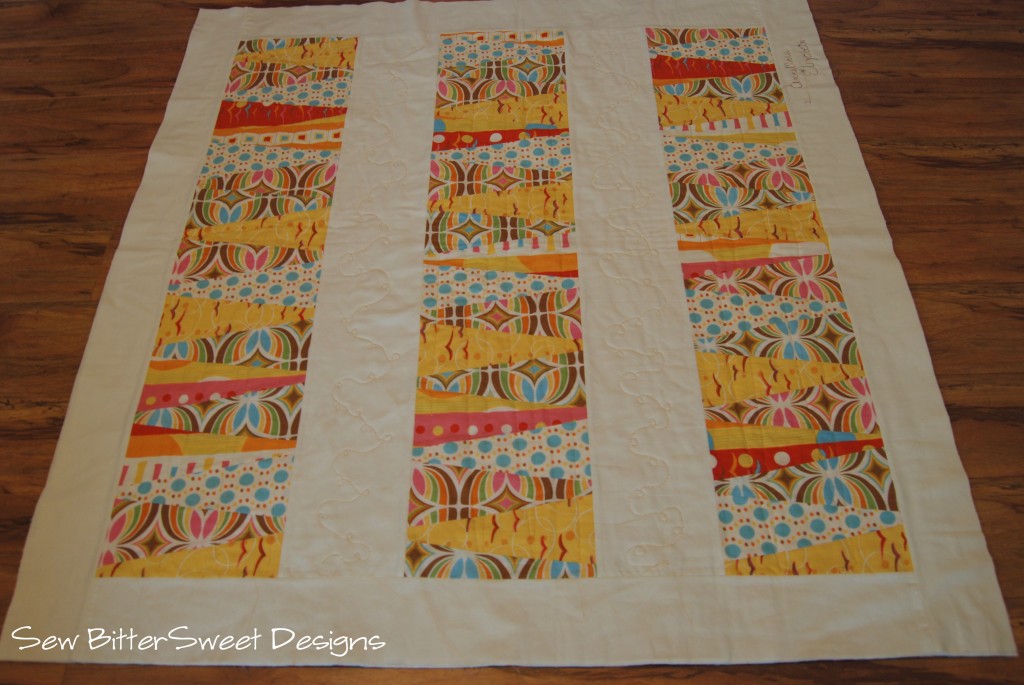
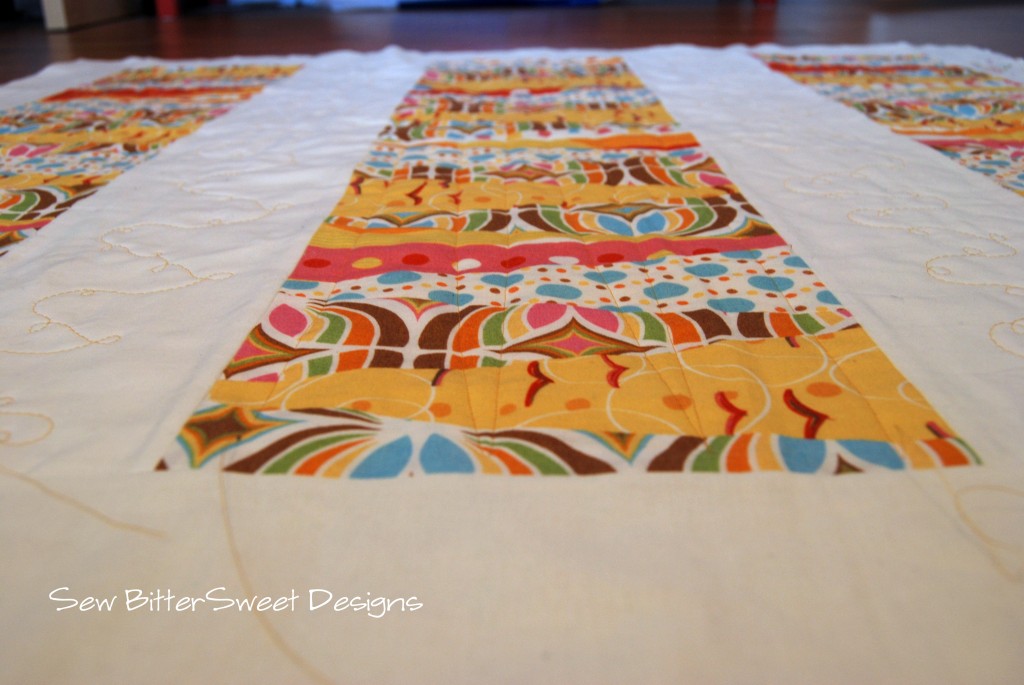

 These are handy little needle carrying cases with an assortment of different types of needles inside. Each
These are handy little needle carrying cases with an assortment of different types of needles inside. Each 
